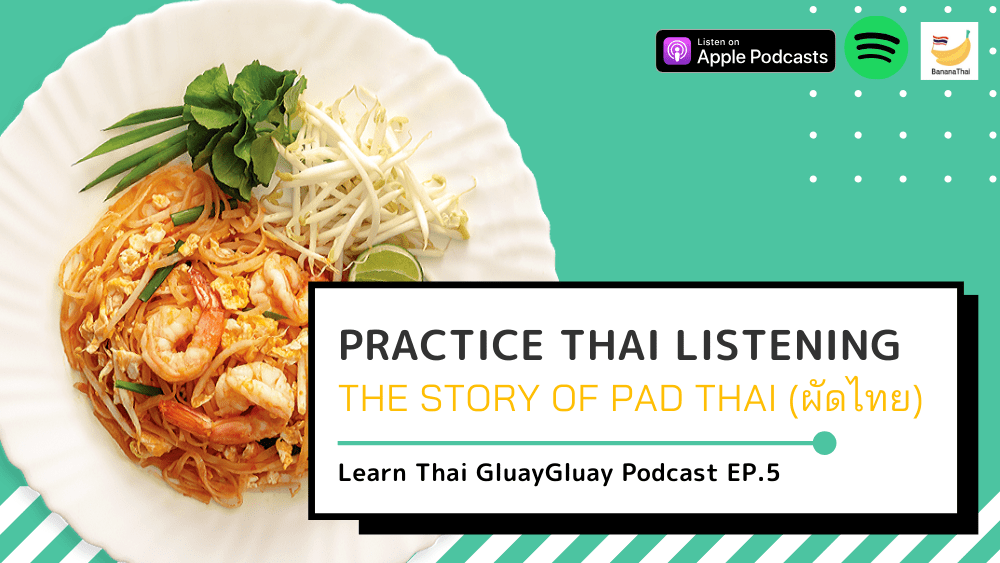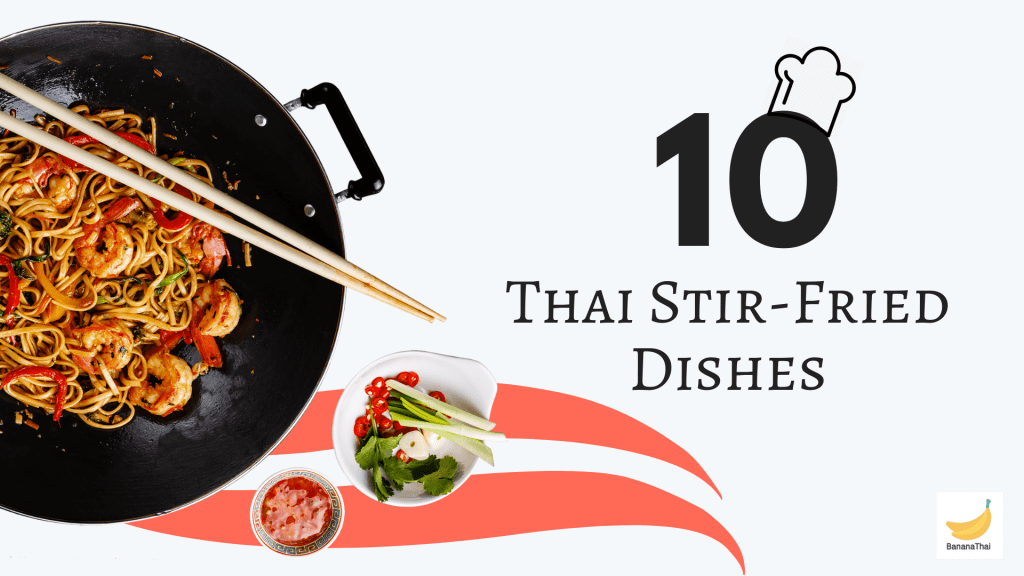For the past months, Covid-19 has spread around the globe. As a result, many countries took different measure to prevent the disease including promoting social distancing. While being quarantined or working from home, you can take this opportunity to improve your Thai.








